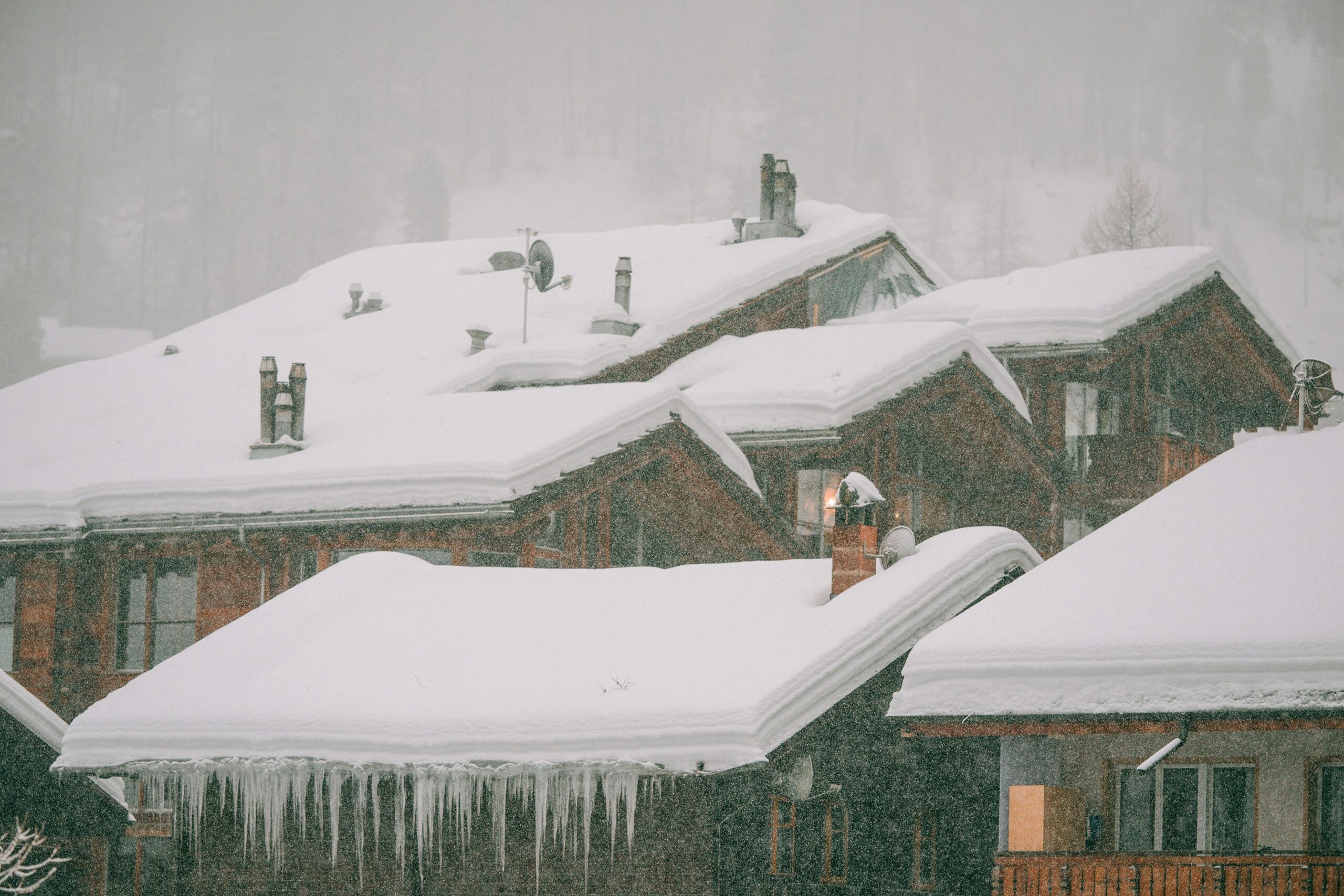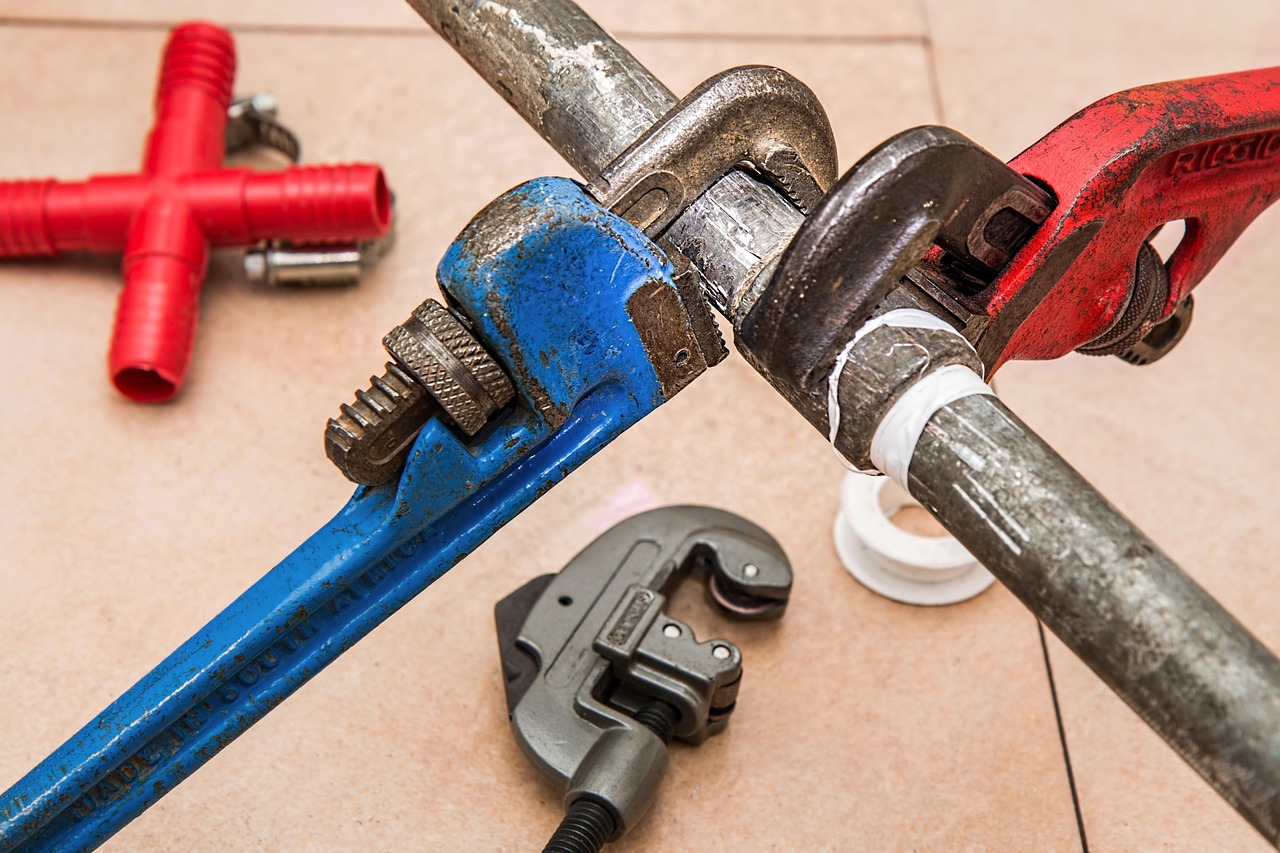Winter weather brings beautiful snow-covered landscapes and potential hazards to your home, with ice dams being among the most problematic. These frozen barriers that form along roof edges can cause significant damage to your roof, gutters, and even interior walls if left unaddressed. This article explains the science behind ice dam formation, outlines effective prevention strategies including proper insulation and ventilation, and provides guidance on safely removing existing ice dams from your roof before they cause costly damage.
Understanding Ice Dam Formation
Ice dams occur when snow on your roof melts and then refreezes near the edges. The process begins when heat escapes from your home into the attic, warming the roof surface above the living spaces. This warmth causes snow to melt, sending water running down toward the cooler eaves. When this water reaches the unheated overhang of the roof, it refreezes, gradually forming a dam of ice. As this cycle continues, the ice dam grows larger, creating a barrier that prevents proper drainage. Eventually, water backs up behind the dam and can seep under shingles, causing water damage to your ceilings, walls, insulation, and creating an environment for mold growth.
The problem often becomes apparent when icicles form along your gutters. While icicles might look charming, they’re actually warning signs that cause ice dams in gutters and along roof edges. The weight of ice can damage gutters and downspouts, pulling them away from the house. Understanding this process is crucial for implementing effective prevention measures and avoiding costly repairs.
Prevention Strategies: Insulation and Ventilation
Preventing ice dams starts with proper attic insulation. This creates a thermal barrier between your heated living space and the attic, helping maintain a consistent roof temperature. Experts recommend an insulation R-value appropriate for your climate zone, typically R-49 to R-60 in colder regions. Pay special attention to areas where heat commonly escapes, such as around chimneys, vent pipes, and light fixtures.
Equally important is adequate attic ventilation. A properly ventilated attic allows cold air to circulate under the roof, helping maintain a consistent temperature across the entire roof surface. This prevents the freeze-thaw cycle that leads to ice dams. Ridge vents and soffit vents create natural air movement that cools your roof deck. According to AskHomey, many homeowners overlook the importance of balanced ventilation, which is as critical as insulation for preventing winter roof problems.
Another preventative option involves roof heating cables. These cables zigzag along the roof edge, providing enough heat to maintain channels through snow and ice for proper drainage. While not addressing the root cause of ice dams, these cables can be effective prevention tips for homes where insulation and ventilation improvements aren’t immediately possible. They’re particularly vulnerable to those with architectural features that make ice dams difficult to avoid through other methods.
Safe Removal Methods
Despite best prevention efforts, you may sometimes face existing ice dams that require removal. The safest approach is hiring professionals with proper equipment and experience. They typically use steam or hot water to melt channels through the ice, allowing trapped water to drain. This method minimizes roof damage compared to mechanical removal.
Safety must be your priority if you decide to remove ice dams yourself. Never climb onto an icy roof or use sharp tools that could damage roofing materials. Instead, use a roof rake with wheels or bumpers to safely remove ice dams from roof edges while standing on the ground. For immediate relief from backed-up water, fill a nylon stocking with calcium chloride ice melt (never rock salt, which can damage shingles) and lay it perpendicular to the ice dam. This creates a channel for water to escape, reducing immediate damage while you arrange for proper removal.
Another temporary solution involves using a box fan in the attic, directed at where the ice dam is leaking through. The cold air helps freeze the water coming through your roof, stopping the leak until professional help arrives. Remember that these are temporary measures – the long-term solution involves addressing the underlying insulation and ventilation issues.
Dealing with Damage
If ice dams have already caused damage, address it promptly to prevent mold, rot, and structural issues. Check your attic for wet insulation and replace it if necessary. Inspect ceilings and walls for water stains, which indicate water penetration. Document all damage for insurance purposes before making repairs.
Winter roof maintenance should include regular inspections after heavy snowfall. Use binoculars to safely examine your roof from the ground, looking for ice buildup along edges and gutters. Early detection allows you to address problems before they cause significant damage. Remember that consistent prevention through proper home maintenance is always less expensive than repairing water damage.
For more tips and to connect with reliable home service professionals, follow AskHomey on Facebook and Instagram.



